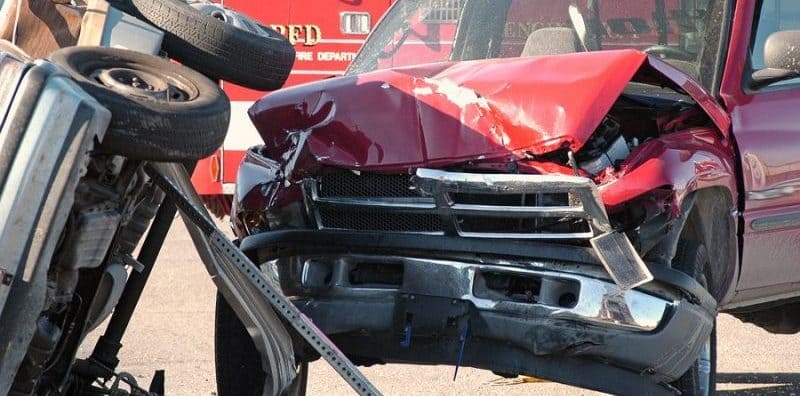Behavioral or operational negligence, the kinds of behaviors outlined below, causes over 90 percent of vehicle wrecks in the United States. That’s the main reason why more and more publications, physicians, and governments use the phrase “motor vehicle crash” instead of “motor vehicle accident.”
Environmental negligence (e.g. driving too fast at night or turning too sharply in the rain) cause most of the other 10 percent. Mechanical defects, such as blown tires, cause a handful of wrecks as well.
Not all negligence is actionable, because driving one or two miles per hour over the speed limit is probably not sufficient to cause a car crash, in most cases. But typically, careless driving sets the stage for a successful damage claim.
Driver Responsibility
Before you can punish your kids for not taking out the trash, they must have a clear responsibility to empty the garbage can. Likewise, before jumping ahead to what causes car crashes, it’s necessary to establish a legal duty.
Typically, that duty is reasonable care, a term that comes from the “neighbor principle” articulated by an English court about a hundred years ago. This principle is much like the “Golden Rule” that schoolteachers once taught years ago.
In some states, a higher duty of care applies to commercial drivers, but New York has abolished the common carrier rule.
Breach of Duty
Breaking the rules of the road is probably the most common breach of duty. For example, excessive speed is a factor in about a third of New York’s fatal motor vehicle wrecks. That’s because speed multiples the force in any collision between two objects, and also increases the risk of car crashes by increasing a vehicle’s stopping distance.
Other common operational violations include failure to yield the right-of-way in an illegal turn or rear-end collision, and ignoring a stop sign or other traffic control device.
These operational breaches usually occur in the moment or two preceding the car crash. Behavioral negligence begins earlier, and includes breaches like:
- Distracted Driving: Cellphones are the most dangerous hazards in a category that also includes eating while driving, reading while driving, and any other activity that distracts the operator.
- Impaired Driving: Alcohol impairment begins with the first drink, and many drugs (be they legal or illegal) have similar effects.
- Drowsy Driving: Operating a car after eighteen hours without sleep is the equal of operating a car with a .08 BAC.
Failure to perform a brief safety inspection before a trip may also constitute behavioral negligence.
Foreseeability of car crashes
In most cases, there must be a direct connection between the tortfeasor’s (negligent driver’s) conduct and the victim’s injuries. For example, if Tim Tortfeasor hits Vince Victim as Vince crosses the street, Tim is liable for Vince’s broken leg or other injury. However, Tim is probably not liable for further damages if Vince’s doctor botches the surgery.
In some cases, the zone of danger rule expands the scope of liability. In the above example, if Vince’s father was walking him across the street when Tim ran off the road, Vince’s father may have a claim against Tim even though he was not physically injured, because he was in the zone of danger.
The zone of danger rule may apply in other cases as well, such as those that involve DUI or other illegal behavior.
